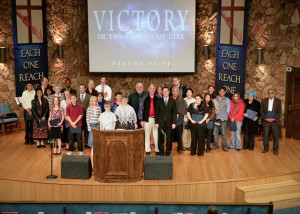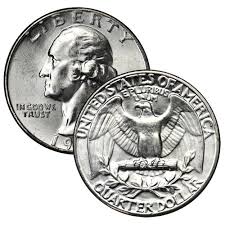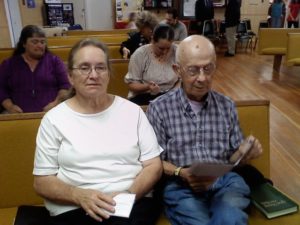HOW THE 80/20 PRINCIPLE APPLIES TO THE CHURCH

By Ken Blue
“The Pareto principle (also known as the 80-20 rule,[1] the law of the vital few, and the principle of factor sparsity) states that, for many events, roughly 80% of the effects come from 20% of the causes.[2][3] Business management thinker Joseph M. Juran suggested the principle and named it after Italian economist Vilfredo Pareto, who observed in 1906 that 80% of the land in Italy was owned by 20% of the population.[3] It is a common rule of thumb in business; e.g., “80% of your sales come from 20% of your clients.” Wikipedia Encyclopedia.
This principle is found to be accurate in “many” endeavors. The business world has understood it for years. It is time that pastors consider it, and see if it might apply to their ministry investments and returns.
If a pastor will check the income of the church against the membership, he will discover that approximately 20% of the people are giving 80% of the income. The same rule will follow when it comes to ministry involvement. In addition, the church building will usually maintain about 80% of its seating capacity. These may vary, depending on the size of the church
Another factor that should be considered it that 80% of the financial and manpower investment, in many churches, only produce about a 20% return in souls saved and membership growth. This fact should motivate every pastor to search out which investments produce the greatest returns. Retailers know they only have one shot per year to make it big, and that time is the Christmas season. If they fail here, red ink will be the result.
[perfectpullquote align=”right” cite=”” link=”” color=”” class=”” size=””]You want people in your city to think of your church when they consider attending a church.[/perfectpullquote]
Do pastors know the best seasons for harvest? It there a best place to seek for souls and one method that nets more visitors than another? The answer to the last question is yes. Again, the facts show that 80% of all visitors come to church because a friend or family members invite them! If that is true, then shouldn’t 80% of our outreach efforts be directed getting church members to bring others?
The question is, how can a pastor get his members to bring these visitors? The answer, many have discovered, is to have something going on at the church that members will want to invite their friends and family to attend. Dr. Jack Hyles and Dr. Lee Roberson built their large attendance on the “big day” philosophy. That is, they would have at least three big days each year. They pulled out all the stops and invested a major portion of the 80% to reach the community and get them to church. Some were always gleaned from those who attended.
For many years at Open Door, we invested greatly in Christmas, Easter, and the fourth of July. It was not uncommon to see the attendance increase by two or three hundred on those days. Now, I can hear the sarcasm of the critic; “how many came back?” No one knows the answer to that question, but one thing is for sure; those who came now know who we are and where we are, and seldom did a Sunday go by without visitors, or sinners making professions of faith.
Here is something to think about: It is not uncommon to see the Goodyear Blimp floating above football stadiums during the season. Thousands see it from the bleachers, and many more see it on television. Now, can the Goodyear tire company tell you how many people purchased their tires because of the blimp? They cannot, but evidently they KNOW the return is worth the investment. When people think of tires, they think Goodyear!
The same principle is true with your church. You want people in your city to think of your church when they consider attending a church. You make this happen by getting your name and exposure out before them any way you can and as often as you can.
Preachers must get over the false concept that if the members are busy, good things will happen. Good things will only happen if they are busy working on the things that will produce the 80% results or more.


 By Ken Blue
By Ken Blue By Ken Blue
By Ken Blue